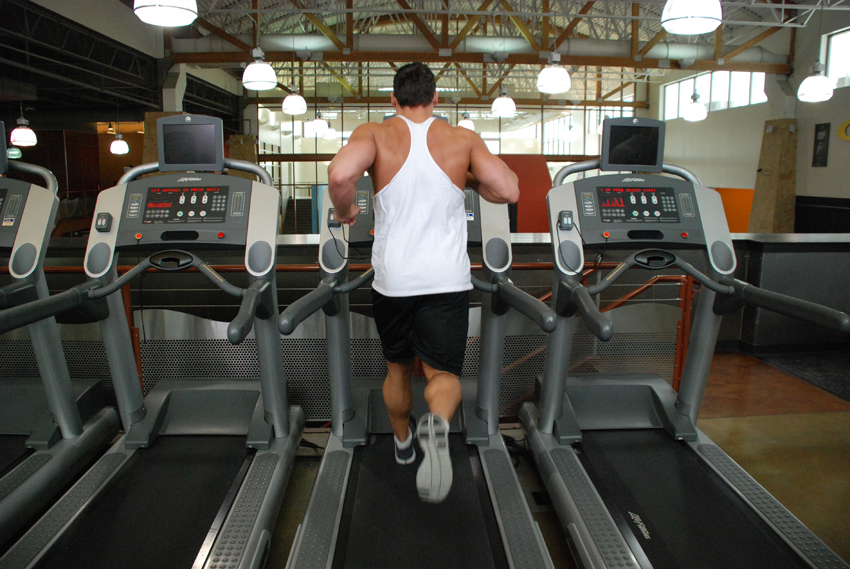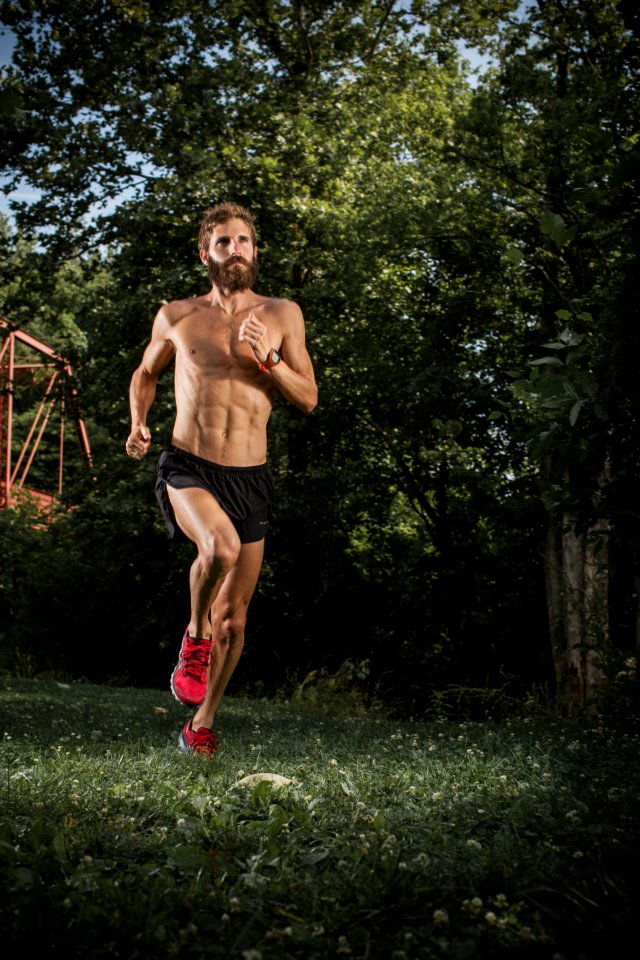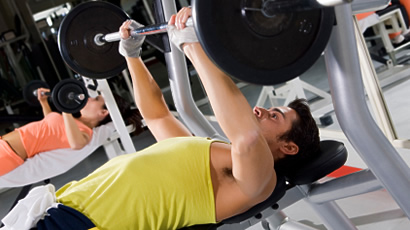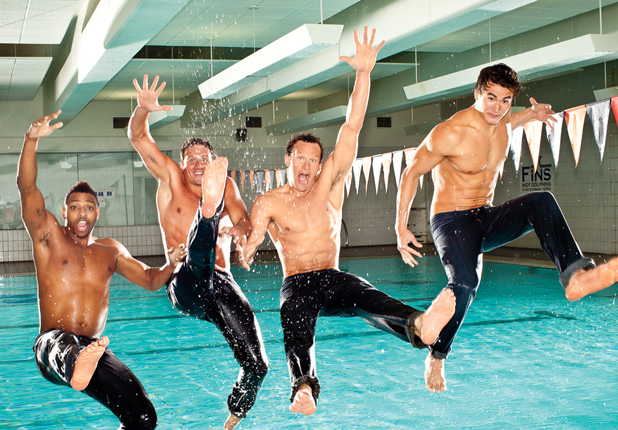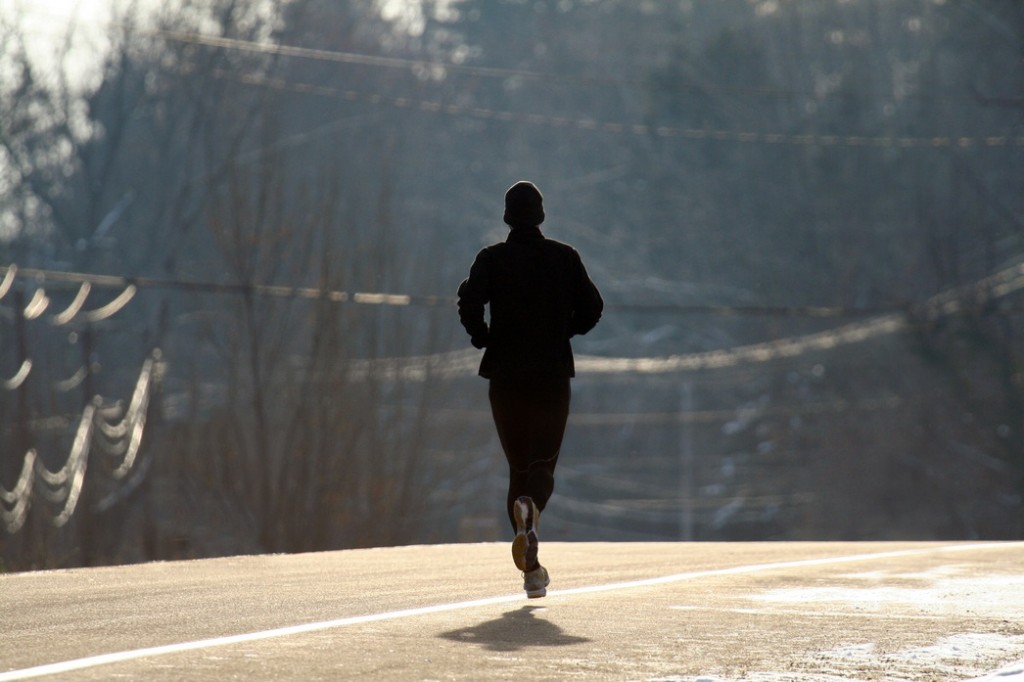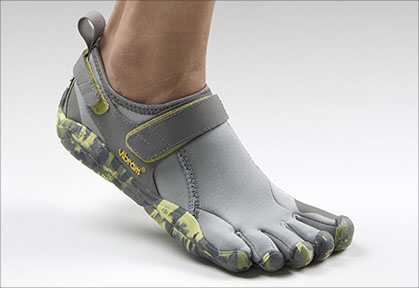I don’t want to crap on such a beloved piece of gym equipment. After all, it’s a great, low-impact option particularly for people with knee injuries or issues. And it’s certainly a better option than sitting on your couch eating potato chips. But when we talk about workout efficiency and effectiveness, most people aren’t using the elliptical to it’s full potential.
You’re probably using the elliptical wrong if:
- You think it’s easy.
- You can have a conversation while using it.
- You can easily read a book or follow a TV show while on it.
- You spend more than 30 minutes using the elliptical.
- You don’t break a sweat during your workout.
Unlike the treadmill (where you can set a speed and force yourself to push hard), the elliptical is more self-motivated. You may start out hard on the elliptical, but there are no consequences for slowing down or slacking off. With a treadmill, on the other hand, if you slack off - you fall off.
This isn’t to say that you can’t have an amazing, efficient workout on an elliptical. It’s possible. But it requires being extremely focused and strategic. Here’s how to use the elliptical properly:
- Crank up the resistance. You only get out of your workout what you put into your workout - and resistance will increase the intensity of your elliptical session. Use it!
- Monitor RPMs. Though you can’t set speeds like a treadmill, monitoring your RPMs is the second best. Pick an RPM level that you find challenging - and stick to it. Keep pushing yourself to stay above it.
- Shut up and crank up. If you’re chatting with your neighbor, this is an indication that you have additional untapped lung capacity. In other words, you’re not working out to your potential. Stop chatting and work out harder.
- Increase resistance and RPM level over time. The idea isn’t to do the same workout each day, unless you already have the body of your dreams. The idea is to constantly challenge your body by progressing to higher and higher levels. Keep besting your previous records.
- Keep workout time short. Efficient but effective workouts are key. If you’re able to maintain your elliptical workout for 40 or more minutes, your workout intensity is too low and your sabotaging your results. Keep your workouts under 30 minutes by using strategies like high intensity interval training.
If you’d like to challenge yourself with another low-impact cardio exercise, try rowing. It’s good on the knees and can be an effective alternative to the elliptical. Swimming can be another option.
The moral of the story is that it is AWESOME that you are working out. But it would be even more awesome if you got the most out of your workout.
P.S. Want stronger abs? Download Davey’s Six Pack Workout for 5, professionally filmed ab workouts that will change your body forever!







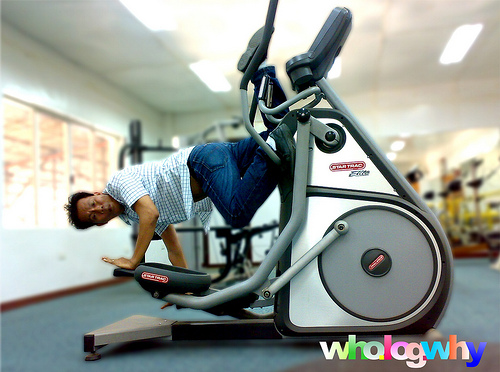

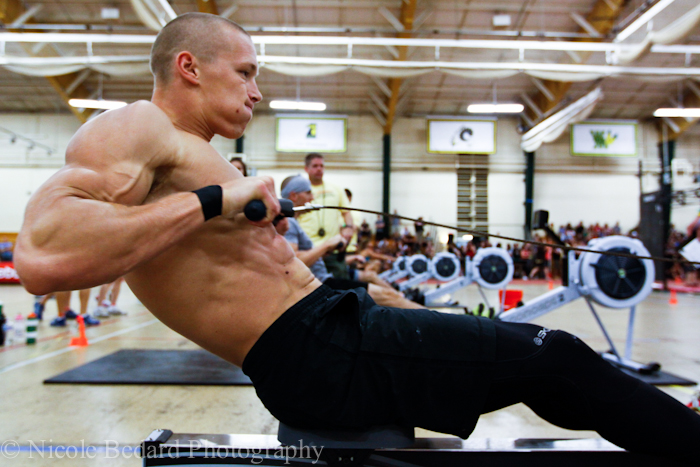 We know that music can be a powerful, motivating force in exercise. In fact, I previously referenced a study that found
We know that music can be a powerful, motivating force in exercise. In fact, I previously referenced a study that found 